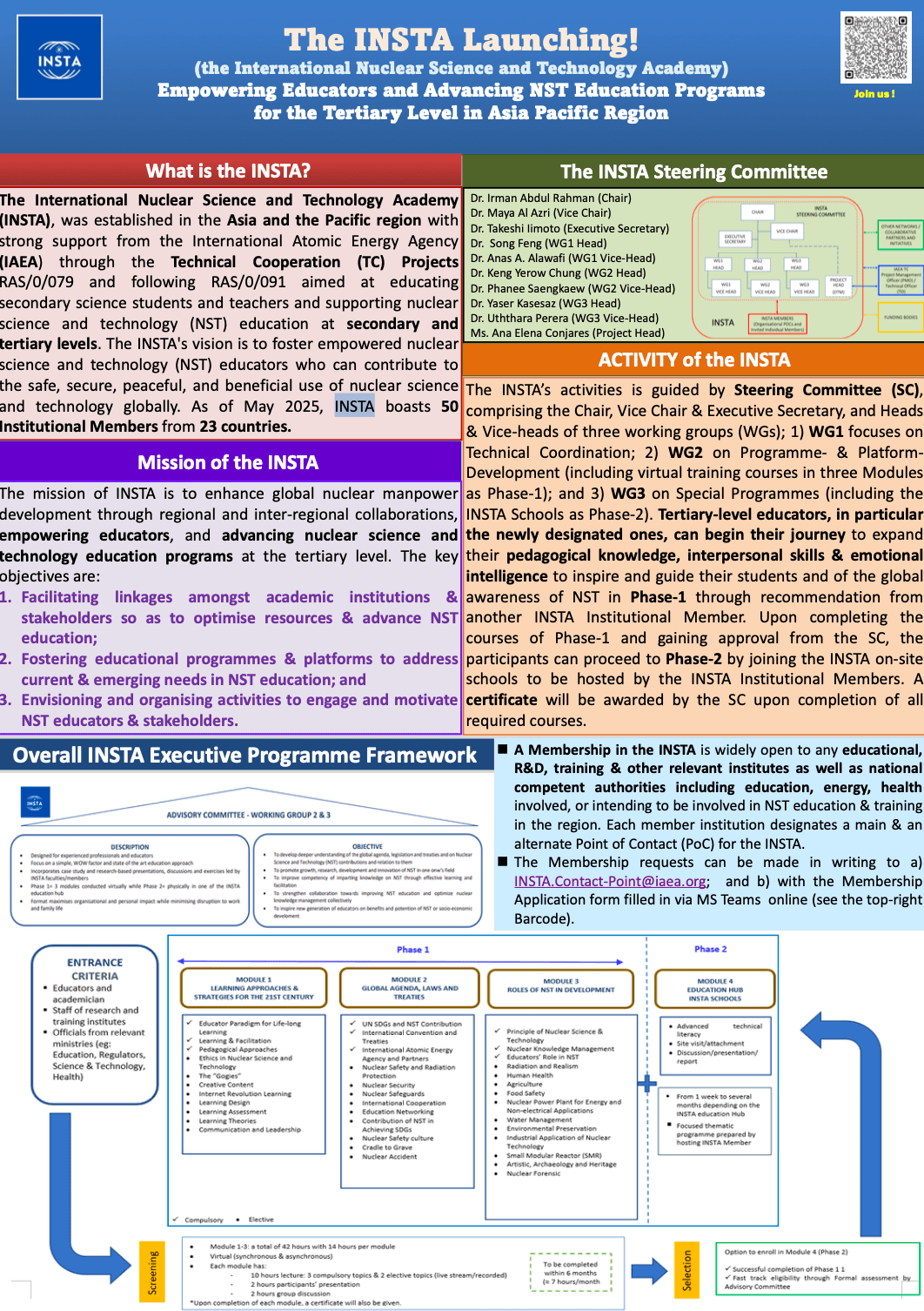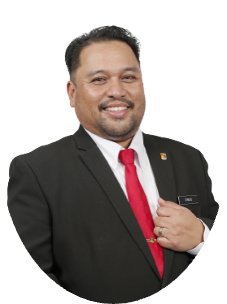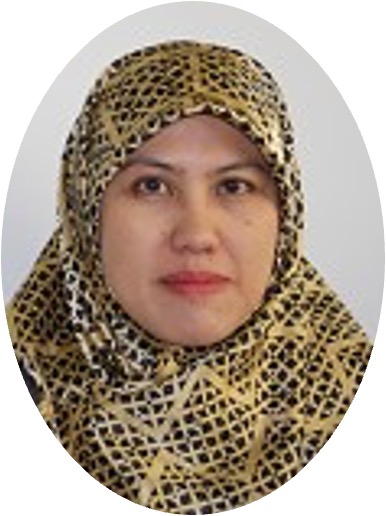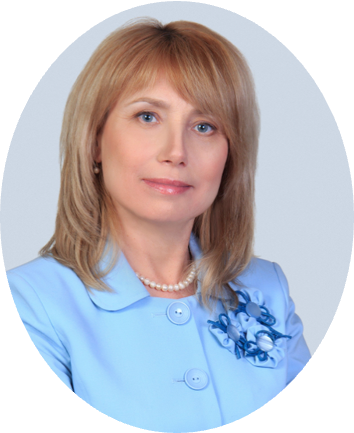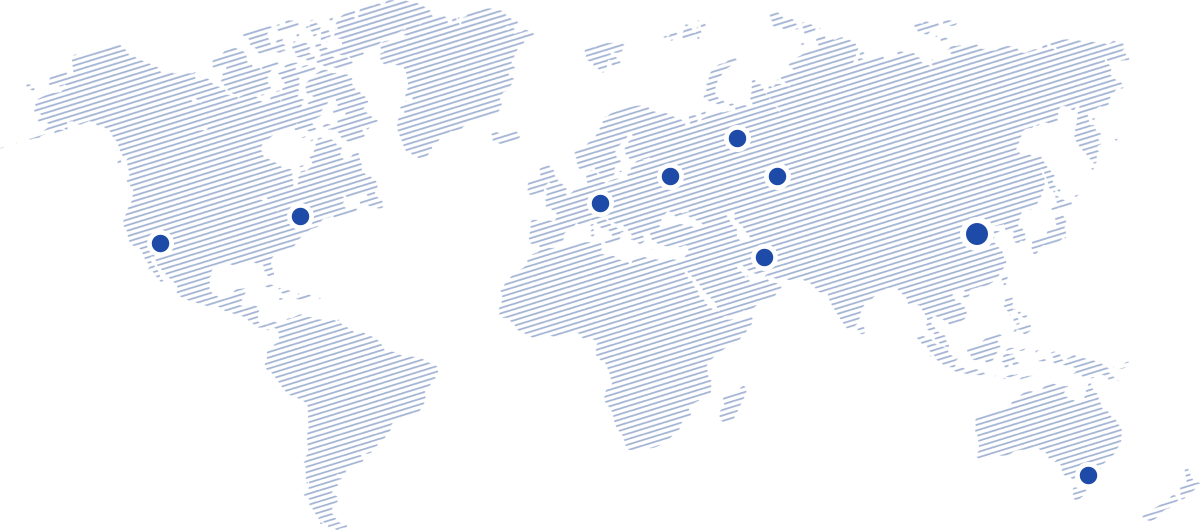A REGIONAL EDUCATIONAL INITIATIVE SUPPORTED BY THE INTERNATIONAL ATOMIC ENERGY AGENCY
The International Nuclear Science and Technology Academy (INSTA) is a regional educational initiative in the Asia and the Pacific region, established with the support of the International Atomic Energy Agency (IAEA). Recognizing the urgent need to develop a competent and motivated nuclear workforce to sustain the peaceful use of nuclear technology, the IAEA has played a key role in helping Member States establish INSTA as a platform for collaborative, sustainable, and inclusive nuclear education.
The IAEA’s support is anchored in its commitment to human resource development and its broader vision to ensure the long-term viability of nuclear science and technology (NST) across all sectors. As a foundational partner, the IAEA has provided strategic guidance to INSTA’s design and rollout, ensuring that its mission to contribute to global nuclear manpower development through regional and inter-regional collaboration is fully realized. INSTA aims to empower educators and strengthen NST education at both secondary and tertiary levels, supporting countries in building their national capacities in a coordinated and resource-efficient manner.
INSTA functions as a forum for cooperation among universities, training centers, research organizations, regulatory bodies, and other nuclear stakeholders, promoting the exchange of knowledge, pedagogical tools, and educational strategies. Central to INSTA’s strategy is its Executive Programme for Educators, which builds the skills and competencies of educators from diverse disciplines to effectively teach NST topics. With the IAEA’s backing, the programme fosters a pipeline of capable and confident educators who can advance NST literacy and its contributions to health, agriculture, energy, industry, and environmental protection.
By supporting INSTA, the IAEA is helping Member States address one of the region’s most pressing challenges: the shortage of trained educators and professionals in the nuclear field. INSTA represents a forward-looking response to this challenge built on regional ownership, international cooperation, and a shared vision for using nuclear science and technology to achieve the Sustainable Development Goals (SDGs).
